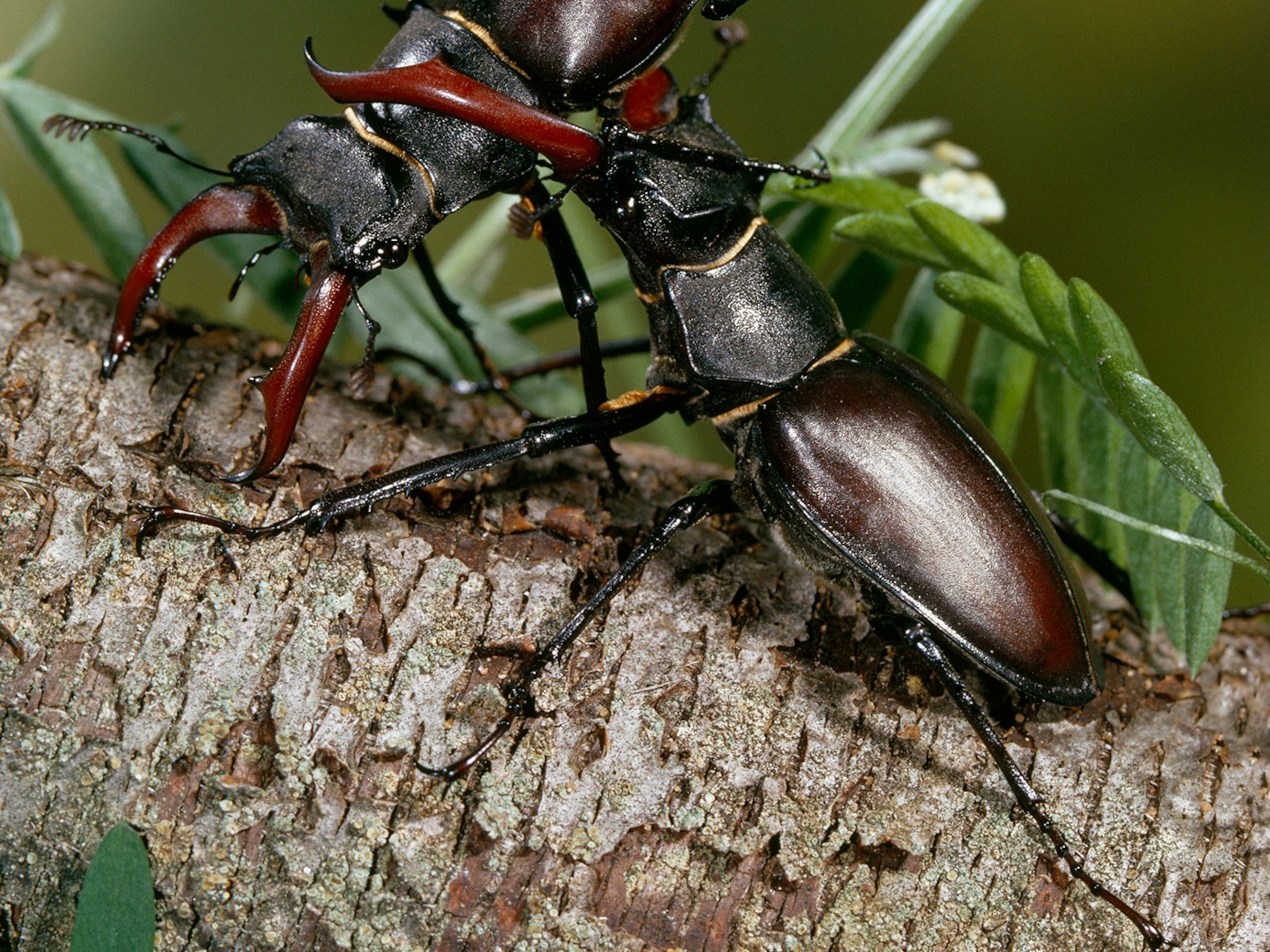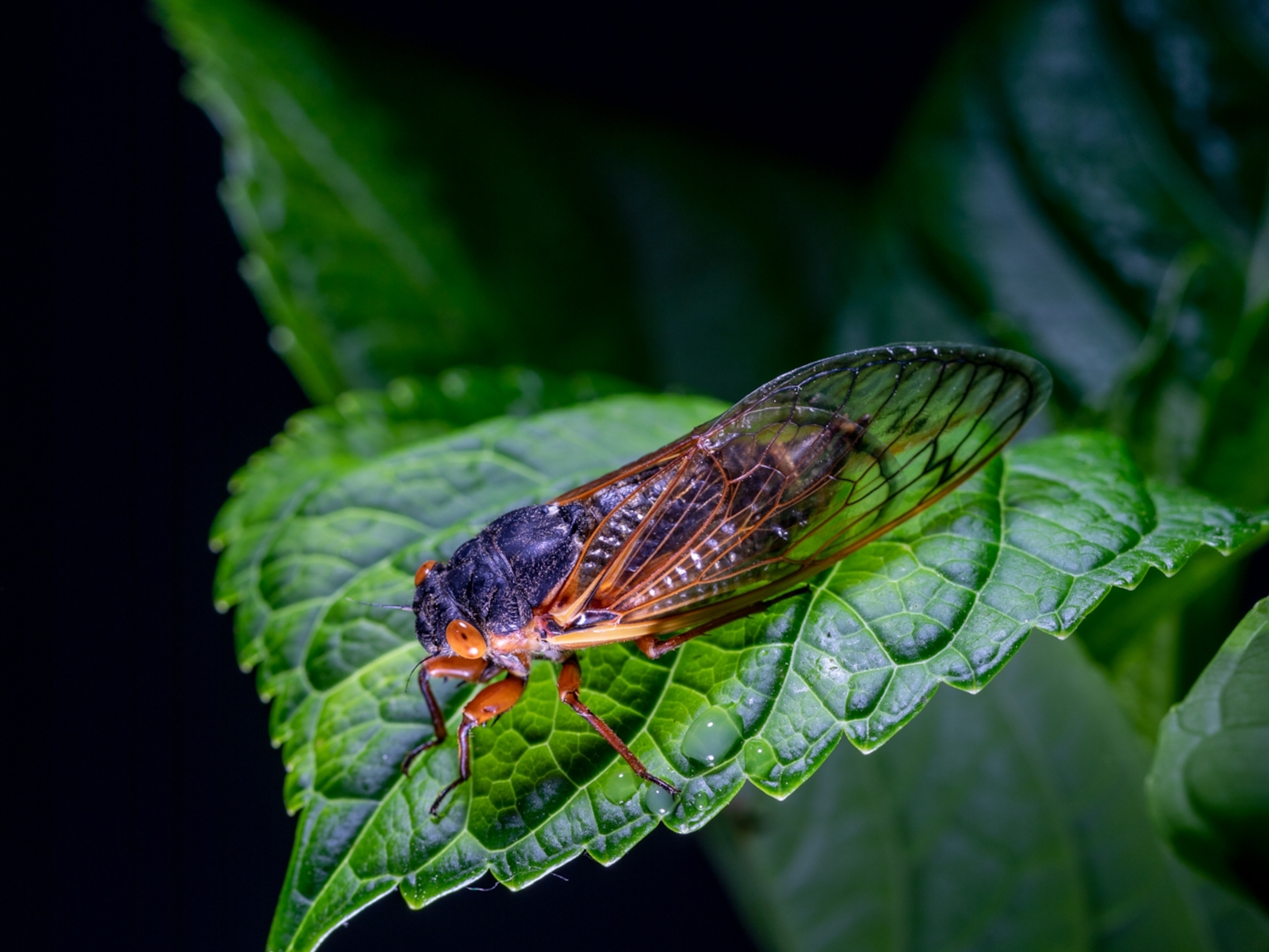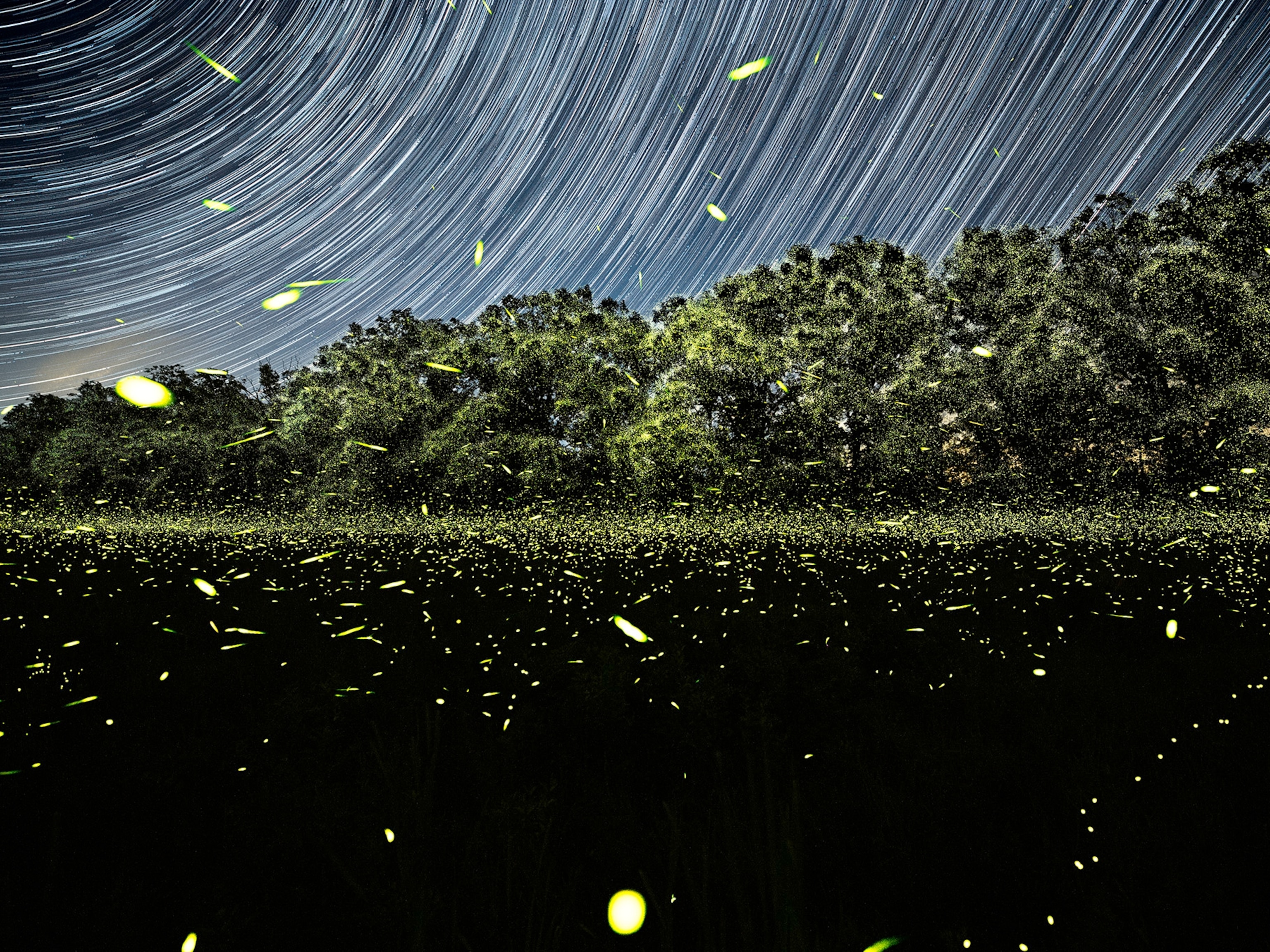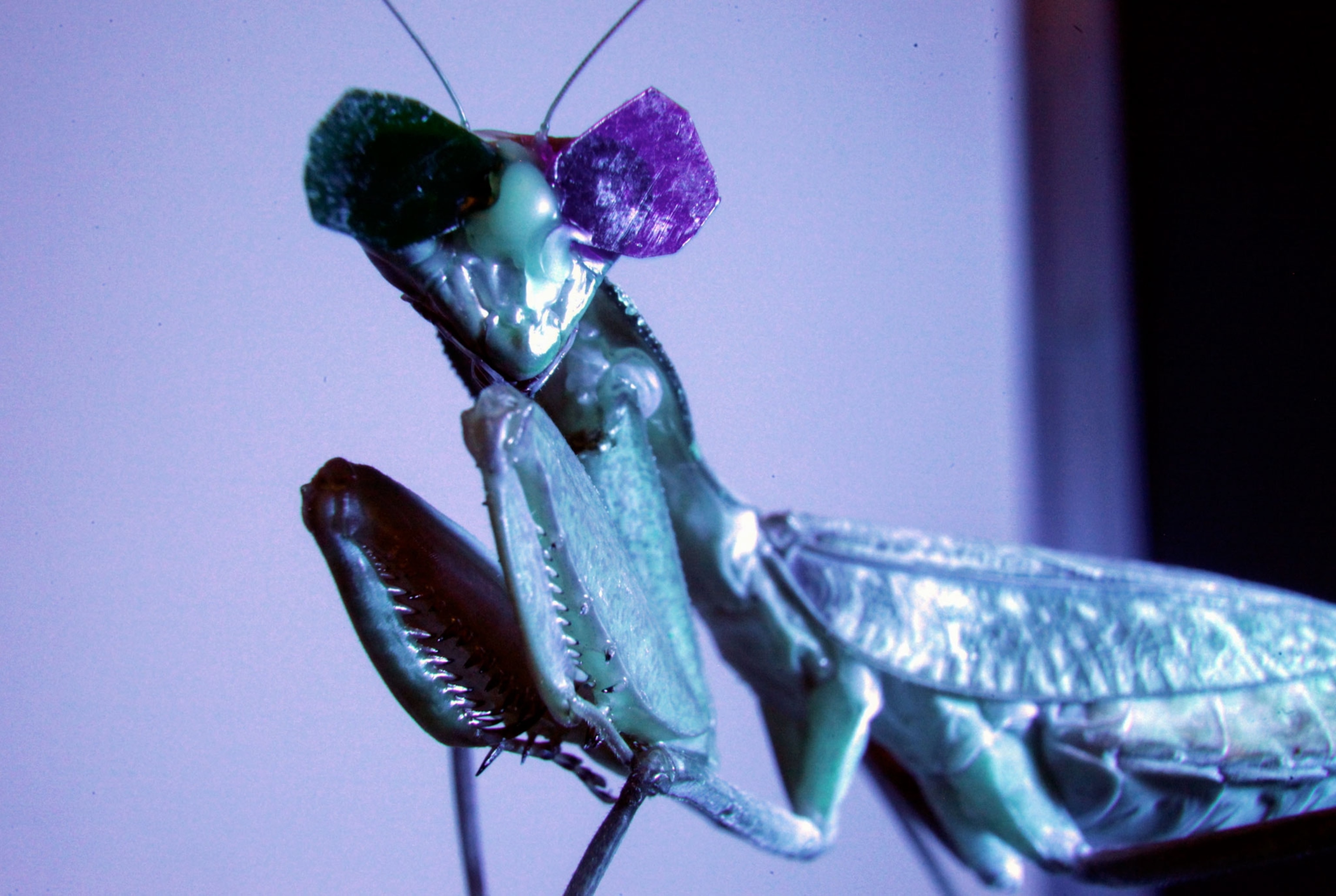
These Praying Mantises Wear Tiny 3-D Glasses—For Science
New developments in a study on praying mantis vision show their 3-D capabilities are more complex than previously thought.
Recent developments in the study conducted at Newcastle University in Britain have revealved a new type of stereoscopic vision in praying mantises. While primates, cats, and owls have all demonstrated stereopsis, praying mantises are the first invertabrates known to posess this unique 3D vision.
This previously unknown type of vision is based on object movement over time and operates under relatively unsophisticated brain-power. Scientists are working on an algorithm that imitates mantis sight in hopes to help develop vision in robots.
Stereopsis
Jenny Read’s movie theater might not be showing Star Wars, but her humble invention is groundbreaking in its own way.
Read and her colleagues at Newcastle University in the U.K. have built the first cinema just for insects—specifically, praying mantises wearing tiny 3-D glasses.
Their goal: To confirm that praying mantises can see in 3-D, an ability scientists call stereopsis, or binocular vision.
The results, published recently in Scientific Reports, show that they do. (See "Wasps Can Recognize Faces.")
Animals that see in stereopsis use small differences in an object’s location perceived by the right and left eye to calculate how far away the object is. Most humans have stereopsis, as do many birds.
“From the point of view of an insect, the advantage of binocular vision is that it gives you an accurate determination of depth almost instantaneously,” said Simon Laughlin, a neuroscientist at the University of Cambridge who has been studying insect vision for 45 years.
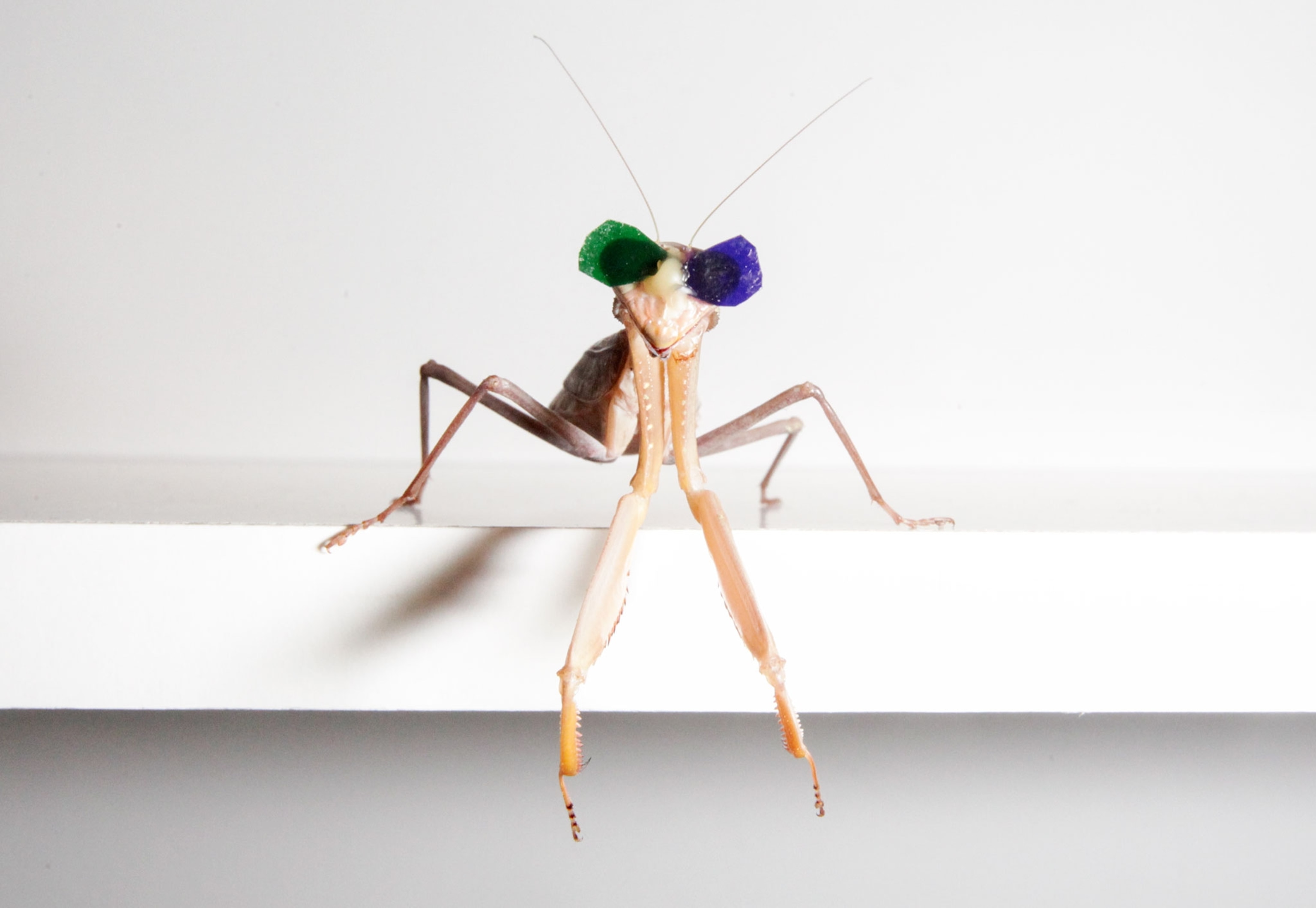
Judging distance is crucial for both predators looking for food and prey trying to escape becoming dinner, says Laughlin, who wasn't involved in the new study.
Going Old School
Thirty years ago, one of Laughlin’s Ph.D. students, Sam Rossel, provided some of the first data that the praying mantis might have 3-D vision like humans.
The idea seemed odd, since insect eyes evolved independently from people and stereopsis was assumed to be a characteristic of mammals with forward-facing eyes. Rossel’s study, published in Nature in 1983, suggested otherwise. (See "3-D Printers Are Saving Lives and Serving Pizzas.")
In the years since, no one had done much work on the subject—until Read's chance conversation with a colleague who had just received a shipment of African praying mantises (Sphodromantis lineola).
If you would have told me then that in 20 years I’d be creating movies for insects, I never would have believed you.Jenny Read, Newcastle University
“She mentioned that they had 3-D vision, and would I be interested in studying some of them? I said 'Absolutely,'” Read says.
Juicy-Insect Matinee
First, the team made miniature 3-D glasses like the old-school glasses people used to wear to see 3-D movies.
Since mantises can’t see red very well, the researchers used blue and green lenses, which they affixed to the insect’s forehead using a tiny amount of beeswax and a type of resin.
Then, they suspended the mantis upside down (the insect's preferred hunting stance) about 4 inches (10 centimeters) in front of a computer screen.
The scientists played "movies," which were actually a series of moving discs that resembled movements of mantis prey. “It would look like a juicy insect was hovering right in front of them,” Read said.
If they did have 3-D vision, the mantis would only strike when its “prey” appeared to be about 0.8 inch (2 centimeters) in front of its face.
That’s exactly what Read and her team recorded. (See "Praying Mantis Mimics Flower to Trick Prey.")
“It’s very high-quality work,” adds Laughlin.
Coming Attractions
Sounds like a Hollywood ending, but it’s only the start for scientists studying insect vision. For instance, Read still isn’t sure exactly how mantis 3-D vision works—but she's determined to find out.
“I have a Ph.D. in theoretical astrophysics," she adds. "If you would have told me then that in 20 years I’d be creating movies for insects, I never would have believed you."
Follow Carrie Arnold on Twitter.



